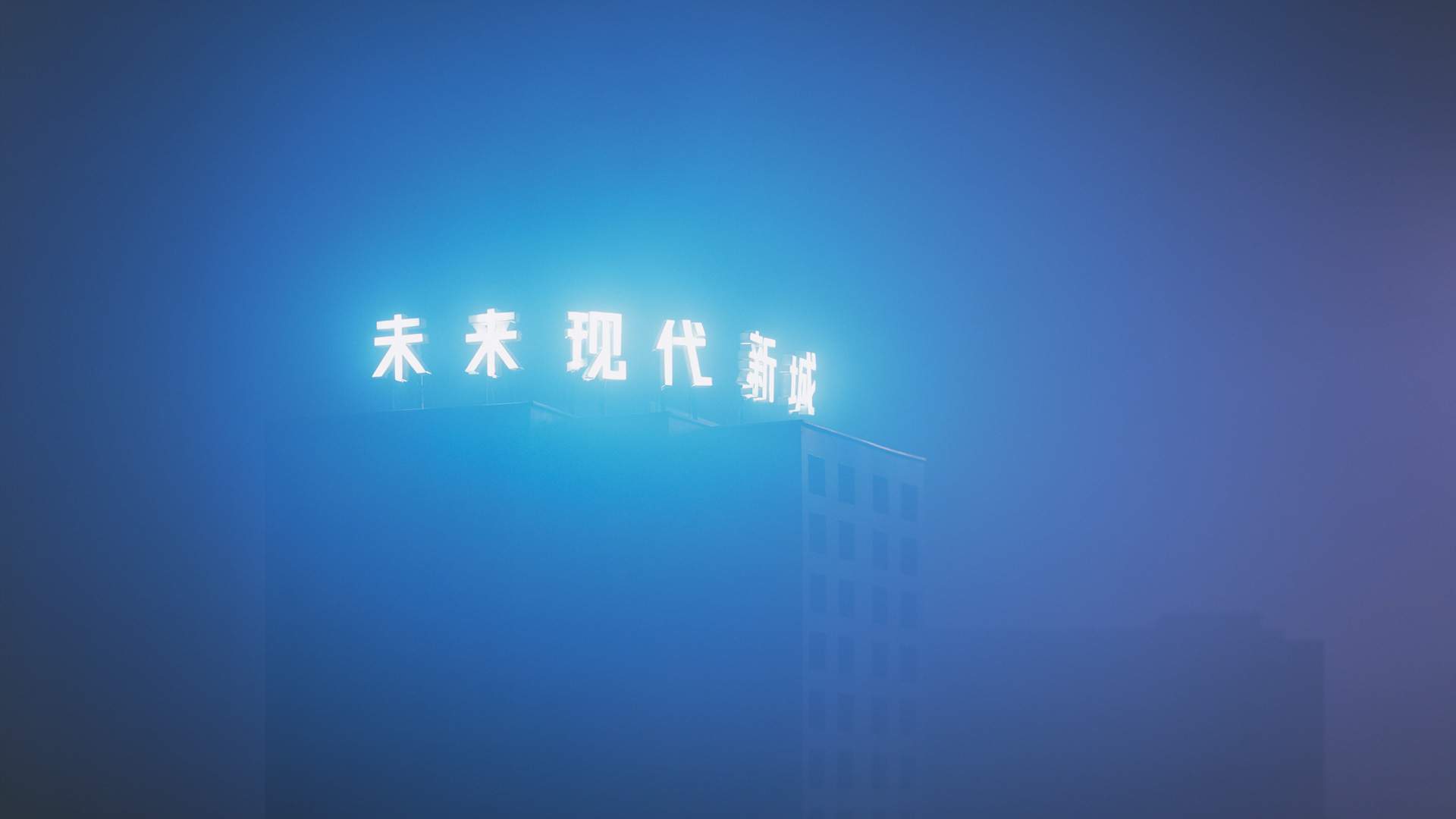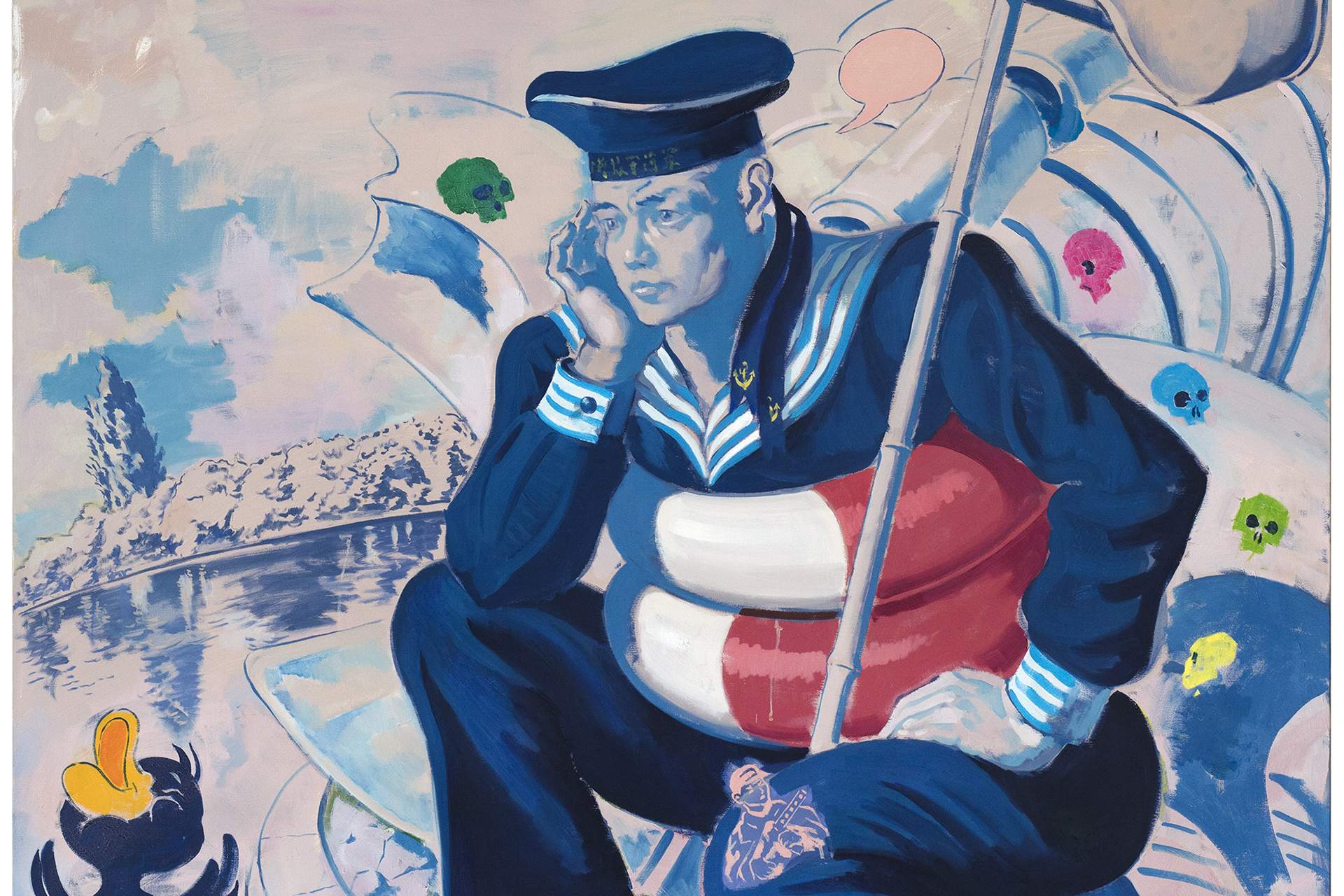Supernatural
White Rabbit's latest exhibition explores the reshaped Chinese landscapes of the 21st century.
Overview
The ancient Chinese believed that mountains and caves were the dwelling places of gods and immortals. Painters imbued their landscapes with a sense of sanctuary, with towering mountains, misty waterfalls and crystal clear rivers echoing the presence of divine energy, a harmonious balance of yin and yang. Compare this to the landscape contemporary Chinese artists experience in a dazzling modern country of mega cities: everything high speed, high tech — and high pollution. This contrast is at the heart of White Rabbit's newest exhibition, Supernatural.
In an incredibly rich and diverse show, artists work across a variety of mediums including painting, photography, video and sculpture. Several artists employ contemporary takes on traditional ink and brush techniques, such as Song Ling, Emily Shih-Chi Yang and Wu Chi-Tao, the latter whose series of 12 albums depicting the fragile landscapes of Taiwan's coast, threatened by modern day urbanisation, reflect his expert knowledge of Song and Ming Dynasty masters' ink paintings (he even grinds his own ink).
You'll also see less traditional approaches to landscape, like Huang Zhen's knitted wire mountains, Feng Yan's large-scale photographs of rocks and Zhou Xiaohu's dystopian video Garden of Earthly Delights, inspired by the Hieronymus Bosch painting of the same name. Marionettes based on characters from Bosch's painting act out fables of Daoist philosopher Zhuangzi in a work that acts as "a cautionary tale for a world on the brink of environmental catastrophe".
Images: Chen Wei, Future and Modern (2014); Yang Wei Lin, Oceans of Cloth Weheels and Floating Islands; Yang Shen, Ducks Mocking Sailor; Huang Xiaoliang, East Window — Untitled 20150514.








